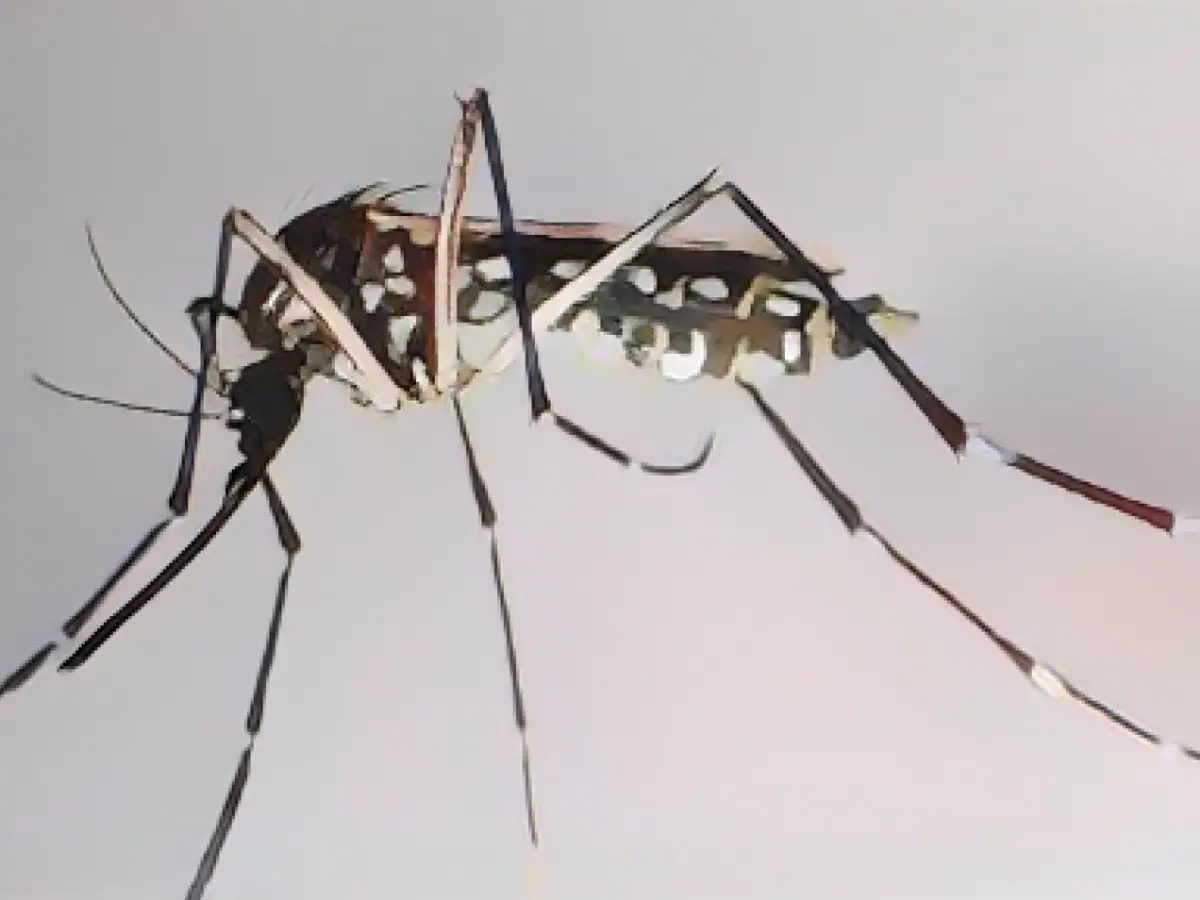Declining HPV Vaccinations and Potential Health Consequences
New data reveals a startling decline in cancer-preventing vaccinations among children and adolescents in Rhineland-Palatinate, with a striking 43% decrease in first-time Human Papillomavirus (HPV) vaccinations amongst 15- to 17-year-old boys in 2022 compared to the previous year, according to a health insurer DAK-Gesundheit analysis. This analysis, discussed with the German Press Agency in Mainz, indicates an overall 26% fall in HPV vaccinations against cancer among the younger population.
HPV, a sexually transmitted virus, can lead to various cancers such as cervical and oral cancer. The Standing Vaccination Commission recommends HPV vaccinations for girls and boys aged 9 to 14. For those unvaccinated by that age, the commission advises getting the vaccine by the age of 17. Two or three doses are necessary.
Despite this recommendation and the potential benefits - over 6,000 women and around 1,600 men develop HPV-linked cancer in Germany annually, as per the Robert Koch Institute - vaccination rates have dropped significantly. This decrease in vaccination rates could potentially result in a rise of HPV-related diseases like cervical and oropharyngeal cancer.
Global trends suggest that many countries still have vaccination rates below the 90% target, with factors like vaccination hesitancy, lower awareness and education, socioeconomic disparities, and the effectiveness of public health strategies contributing to the issue. Studies highlight that more than a quarter of young girls are hesitant to receive the HPV vaccine due to safety concerns, misinformation, and parental worries about the vaccine.
Interventions focusing on raising awareness and education about HPV vaccines, addressing parental concerns, and addressing socioeconomic disparities in healthcare access could potentially address this issue. Creating a more informed population, especially parents, and implementing public health strategies to promote HPV vaccination could potentially reverse this trend and help eliminate HPV-related diseases.







